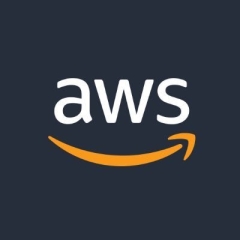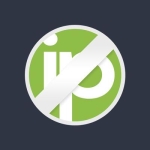Our primary use case for Amazon Route 53 revolves around its robust domain name system (DNS) management capabilities, supporting a diverse set of parameters and records within our environment. We extensively use Route 53 for managing various record types, including A records, MX records, and CNAME records.
The product’s security and disaster recovery features need enhancement. Additionally, they charge higher prices than other platforms. They could reduce the pricing.
We have been using Amazon Route 53 for three or four years.
I rate the platform’s stability a nine out of ten.
The product has good scalability. However, it is costlier than GCP and other cloud platforms.
The initial setup is easy. The deployment process is similar to making entries in Google Forms. It takes five minutes to complete.
For traffic management, the product offers functions similar to other domain name server providers. As an AWS user, having Route 53 as an in-house tool simplifies the entire process, eliminating the need to navigate different platforms for defining the records or other entries. The integration within the AWS ecosystem streamlines the management of DNS services.
The most beneficial feature of Route 53 for domain registration, from the engineers' perspective, lies in its seamless integration within the AWS Cloud ecosystem. It becomes easier to manage multiple AWS services in a single platform.
The feature for health check efficiently impacts the uptime and reliability of AWS servers including EC2 and EKS. It enables easier traffic routing as compared to GoDaddy.
The readiness checks feature ensures that our applications are well-prepared to handle incoming traffic including DNS firewall setup. Also, we can conduct geo-based and latency-based routing. For IT-based routing, they offer a DNS failover feature.
I recommend the product to others and rate it a nine out of ten.




















